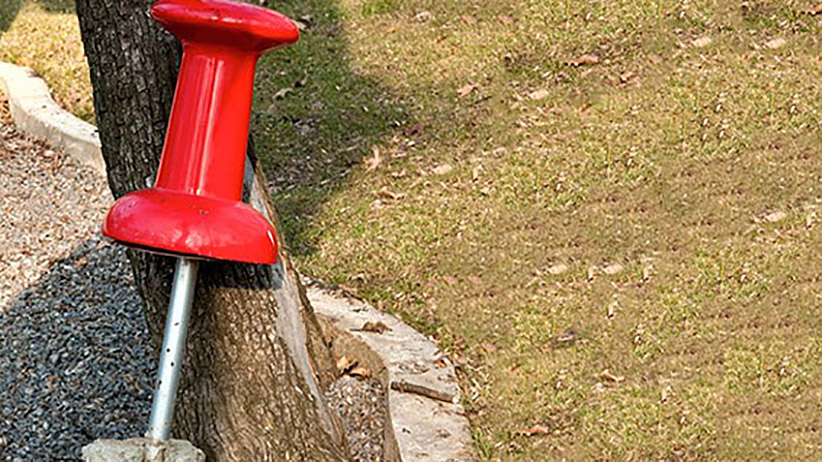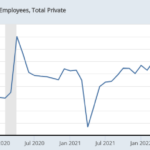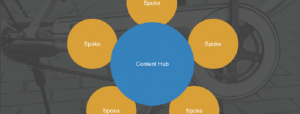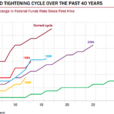
In his book Success Secrets of the Online Marketing Superstars, Mitch Meyerson introduces you to 22 innovators who have redefined the developing landscape of online marketing. In this edited excerpt, contributing author and founding partner of Copyblogger Media Sonia Simone describes the three types of content you need to create to make content marketing work for you.
Content marketing is a way to produce what people want (interesting, useful content) instead of producing what they shun (intrusive, arrogant, or clumsy advertising). It also shows (rather than tells) potential customers that you’re the right choice to solve their problems.
Good content is inherently worth reading, listening to, or watching. It delivers an enjoyable experience for the audience. It’s entertaining. It might make the audience laugh, or cry, or stand up in righteous outrage, but it must move them in some meaningful way. The smart content marketer thinks in terms of an audience, rather than “prospects” or “leads.”
To truly be effective, content should be structured with:
- A headline that instantly commands audience attention
- An introductory few sentences that pull the audience in, making it tough to turn away
- Useful information that solves a problem the audience genuinely cares about
- A single, focused point or “moral” to communicate
- Stories, metaphors, or examples to teach that point
- A call to action at the conclusion that rouses the audience to take the next step
If you’ve tried your hand at content marketing and don’t get likes and shares, if Google suddenly hates you, or if your traffic tends to bounce like a Super Ball, you have to take a hard look at the possibility your content just isn’t as good as it needs to be.
But how can you tell if your content is worth consuming? Content is worth consuming if people consume it—you don’t decide. The audience decides.
That means you watch what gets the most traffic, the most links, the most social shares, and the most comments. You keep trying new and creative approaches, and observe the results carefully, then do more of what works, and less of what doesn’t work.
Craft Your Cornerstone
In order to create a content marketing platform (as opposed to just publishing a bunch of stuff you find interesting), you need to understand your cornerstone. The cornerstone of your platform comes from what interests and engages your audience.
To begin crafting your cornerstone, you need to know what kinds of important customer problems your business is designed to solve. If you’re familiar with copywriting, these are the benefits of doing business with you. Your company exists to make customers happier, more confident, healthier, better connected with their family, more successful, wiser, less anxious, or some other wonderful benefit. All effective marketing communication needs to come around to the benefits, and not just the features, of the product:
- The features of your product or service are what it does and what goes into it. The dimensions, horsepower, ingredients, and so forth.
- The benefits are what the product or service does for the customer; what they get out of the experience.
Start with 10 or more posts that really encapsulate your company’s fundamental beliefs and values about your topic. (These can be text, audio, video, or a mix of formats. The right format is the one that your audience prefers.) Think about what you would want every single reader of your site to know about. And focus on educational content that solves a few simple prospect problems relating to your business.
Next, pull your best posts into a series of well-focused content landing pages. A content landing page is simply a page on your site that aggregates your best material on a particular topic. Write a great intro that pulls the audience in, and end with a call to action to connect more strongly with your business. (Very often, this means subscribing to a permission-based email list.)
These solidly useful pages are a great place to focus your SEO copywriting efforts, because audiences love them and they naturally tend to attract links and social sharing.
Your “cornerstone” content will help you start to build strong relationships with the people who can eventually become your customers. It does this by educating them on how to begin to solve the problems that matter to them.
Now you’ve got to find readers for that content, which means you’ll create content that’s specifically designed to attract and widen your audience. Attraction content is typically where you’ll put most of your daily effect in your content marketing program. It’s the regular blog posts, the YouTube videos, the podcasts.
Because this content is all about getting the attention of an audience that isn’t familiar with you yet, you’ll need to bring your best headline-writing skills into play. Content that attracts attention also tends to have a strong, well-defined point of view: This is no place for wimpy, wishy-washy messages.
While your cornerstone content tends to lean a little more in the direction of usefulness and education, your attraction content will lean more toward entertainment and fun. You still want to be useful, but you must be entertaining, or at least interesting.
Read more: The Key Elements of Killer Content Marketing
















